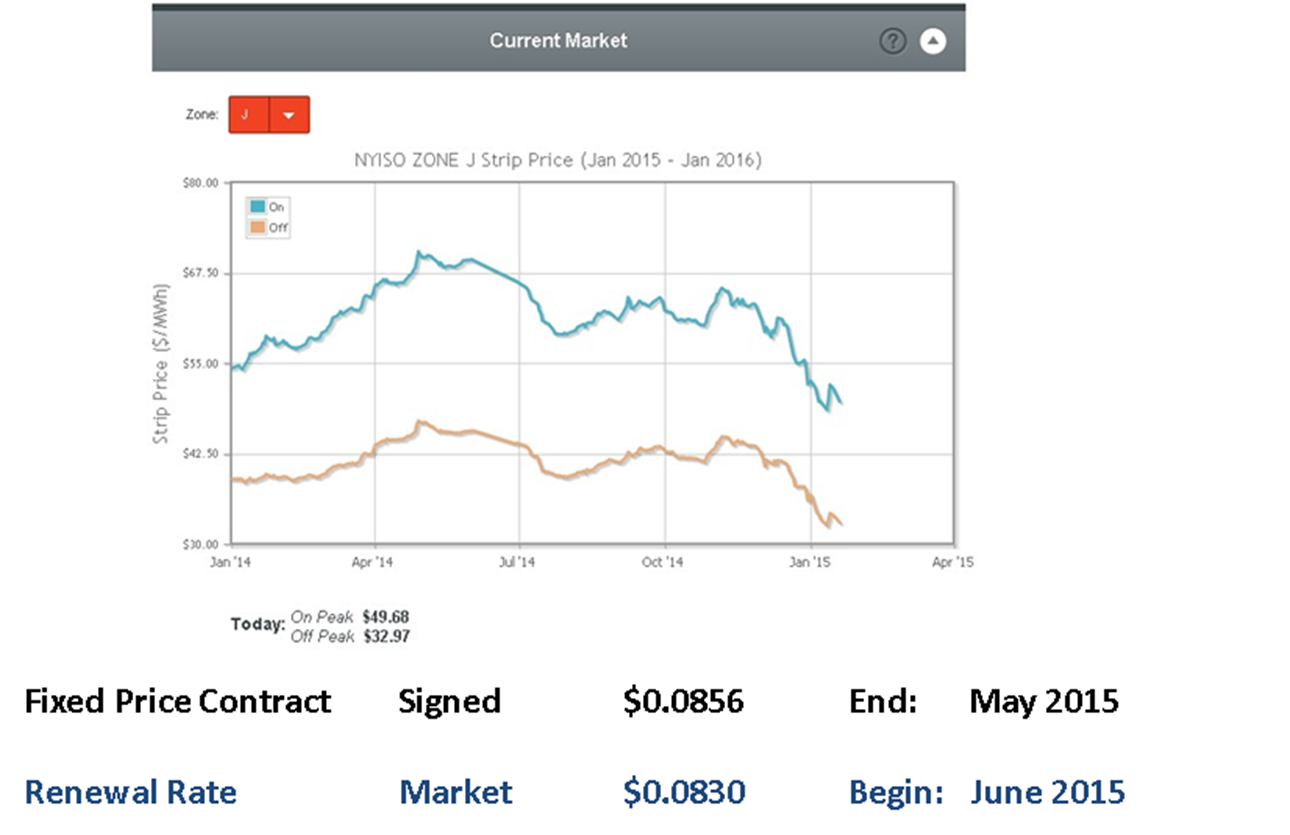As we mentioned in our first post in this series, when we poll energy managers about their biggest concerns about energy, the responses are “controlling costs”, “managing out-of-control costs” or a general concern about “rising costs”. There is always a concern that energy costs are completely out of control, and are impossible to predict and manage. That doesn’t have to be true.
The Megawatt Hour has developed a verified 3 step process that delivers predictable, reliable energy expense management results. We explained the first step in the process in our last post. You can find it here.
Step 2 in the process requires access to black box information, information that isn’t readily available to decision makers. In order to get predictable, reliable results, you must have access to timely market updates: Step 2 is called…MarketFocus.
What’s the problem?
In addition to the challenge of managing basic information (which we covered in Step 1 of this process), market insights and actionable, forward-looking market information have been opaque to customers. Suppliers and retailers guard their pricing information carefully, and rarely if ever make it available to customers. Market and pricing information is essential to taking control of business costs.
Step 2: MarketFocus
During Step 1 of this process your got a handle on your usage and cost forecast, you know what your budget is for the next 12, 24, 36 months. You should have that information readily available at any time, if you’re under contract or even if you are subject to variable rates in the future. You also know what your target rate is for the next year. So you know that you would be happy to sign a contract at a rate that is equal to or lower than your current unit rate and/or equal or lower than your current budget rate.
In this case (see below), these sample data show that by acting early, this customer is able to lock in a rate that is lower than their current contract rate. CFOs love to see results like these.
As you can see from the graphic showing the forward curve, in January we reached a 12 month market low– if you know your target rate, and you’re set up to move quickly, acting on these market moves means substantial avoided costs, or savings off a projected budget or off of last year’s costs.



